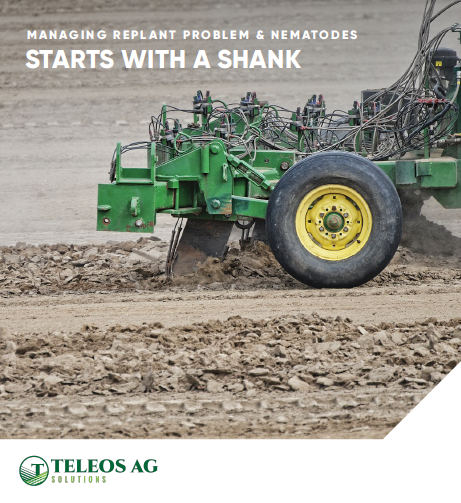What to Look for In Greenhouse Vegetable Varieties

‘Royalstar’ from Sakata is ideal for greenhouse production. It’s a great option for both loose picking and cluster harvesting.
Photo courtesy of Sakata

Since growing conditions within a high tunnel or greenhouse differ from an open field, it stands to reason the varieties that will thrive indoors will differ just as much.
Take vulnerability to physical injury, for instance. Many flavorful vegetable varieties are more susceptible to insects and wind. Growers can produce these varieties, however, because a structure cuts down on how many insects gain access to them, and naturally wind isn’t much of a factor.
What other factors play into choosing the best indoor varieties? We asked seed companies for advice on what you should look for when buying indoor crops. Here’s what they told us.
Know Your Growing Habit Goals
Just about every seed company told us that for crops like tomatoes and cucumbers, you want varieties that grow and mature quickly, then produce at a steady rate for a long time.
“Many greenhouse tomato varieties are intended to be grown over a very long season, up to 10 months,” says Pete Zuck, Product Manager at Johnny’s Selected Seed. “So they can be very long-lived if maintained properly.”
Having compact, uniform habits are a plus, Zuck says. That allows for higher plant density, which equals high yield per square foot.
“The leaves tend to be shorter, and the plants may produce fewer suckers than a typical tomato,” Zuck says. “So they should take up less of the valuable real estate in a greenhouse, plus they should require less pruning and maintenance.”
Disease Resistance Is Critical
Conditions that make crops thrive in protected agriculture can also foster pathogens.
“A high tunnel creates a humid environment, which means that foliar diseases on tomatoes such as leaf mold can be problematic,” says Josh Kirschenbaum, Sales Account Manager, Vegetables, for PanAmerican Seed.
Swasti Reddy, the Product Development Manager at Vilmorin, concurs.
“What sets indoor varieties apart from outdoors are that cultivars are planted at higher density and have faster growing cycles,” Reddy says. “They need to have … stronger resistances for tip burn, especially in hydroponic production.”
Another often overlooked factor is the soil inside a structure.
“The soil in a high tunnel is often-times reused for several seasons, which can exacerbate several root zone diseases on tomatoes such as tobacco mosaic virus, as well as pests such as nematodes,” Kirschenbaum says.
Buying from trusted sources helps control outbreaks, too, says Patty Buskirk, who owns Seeds by Design. Less reputable companies may pass on infected seed.
Even if you think your seed is contaminated, you have options, Stacy Davis, Sales Account and Marketing Manager with Germains Seed Technology says.
“Before abandoning a variety that may be performing subpar, we suggest trialing seed treatments to see if it improves the crop performance,” Davis says. “If a grower suspects that they are having an issue that may be seed related, there may be a seed treatment available to resolve the problem.”
Find Crops for a Longer Season
The No. 1 reason vegetable growers use indoor production is to extend the season (84%), according to American Vegetable Grower’s 2020 State of the Vegetable Industry results. Once they reach maturity, you need crops like tomatoes and cucumbers to keep producing. And genetics have a big impact on a variety’s ability to keep performing.
“In a protected environment, crops are well adapted to a longer crop season, providing consistent yield and quality in over an 8- to 10-month period (glasshouse), versus a shorter time in an open field,” says Carlos Buzio, De Ruiter Seeds’ Product Management Lead North America, Mexico, Protected Crops.
With the right genetics, you can see great success with growing indoor vegetable crops.
“The grower’s focus can be on producing for a consumer’s desired traits, such as great taste, appearance, and shelf life,” Buzio says.
Issues Needing More Attention
American Vegetable Grower asked seed companies what issues the industry should address in the near future. Here are some of their replies:
Tracy Lee, Product Development, Sakata Seed America: It is becoming increasingly important to explore ways to bring any outlying growers, retailers, and technology providers within this segment completely into the seed industry through access to and collaboration with our traditional industry resources.
Ivy Perez, Syngenta: Recent developments in IT, growing technology, biological control and energy efficiency in indoor crops will further this type of crop.
Buzio, De Ruiter Seeds’: Consumers are not only demanding flavorful, beautiful leafy greens, but they’re also demanding more local and fresh produce.










